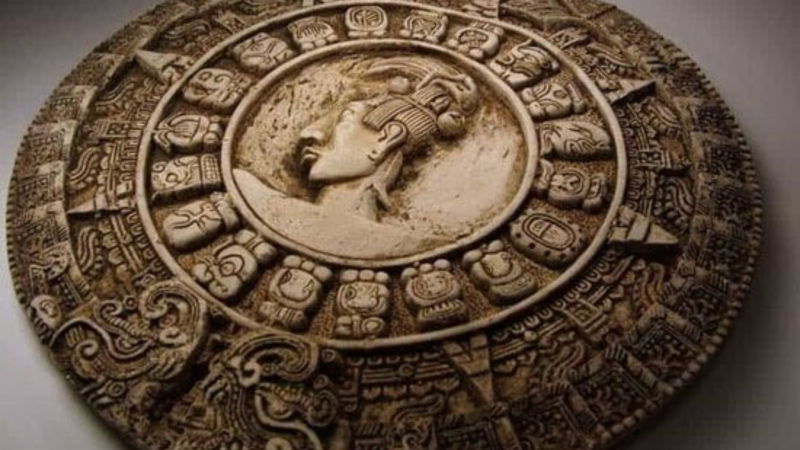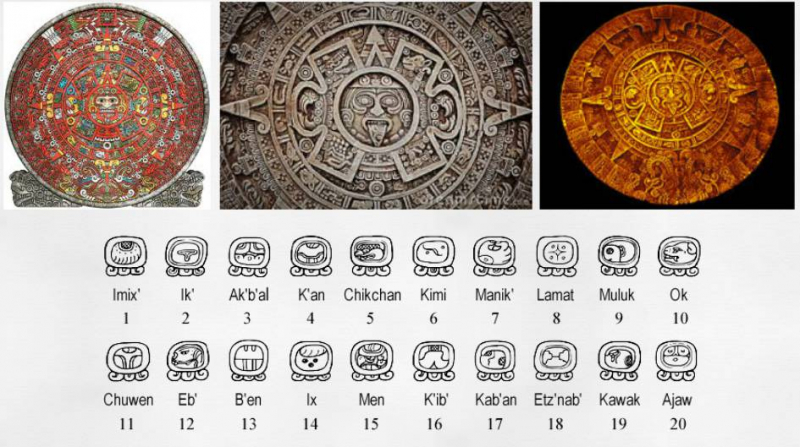Mayan Calendar
The well-known Mayan calendar was based on a Mesoamerican date system. The Maya, on the other hand, were the ones who standardized this method into a contemporary calendar.
The Tzolkin (divine timetable), the Haab (common calendar), and the Long Count are the three distinct date frames used by the Maya calendar. To produce 260 separate days, the Tzolkin combines a cycle of 20 named days with another cycle of 13 numerals. There are other ideas for the 260-day Tzolkin, including its foundation on the human growth timeline, the district's agrarian system, and the position of the planet Venus.
The Haab was a 365-day sun-based calendar. It consisted of a year and a half, with 20 days in each month, plus an additional five days known as Wayeb that were seen as a perilous period.
A non-repeating calendar known as the Long Count began at the beginning of the Mayan era. To align the calendar with the presumed 360 days in a year, it used a base 20 and base 18 counting system to tally individual days.













